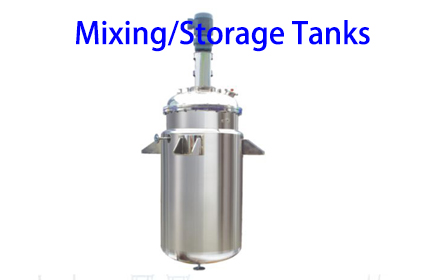Cleaning a mixing tank is crucial for maintaining product quality, safety, and operational efficiency. Here's a structured, step-by-step guide:

Power Down & Lockout/Tagout: Turn off and disconnect the tank from power sources. Use LOTO procedures to prevent accidental startup.
PPE: Wear gloves, goggles, protective clothing, and respirators if needed.
Ventilation: Ensure the area is well-ventilated, especially when using chemicals.
Drain Residual Material: Remove all product remnants from the tank and dispose of waste properly.
Disassemble Removable Parts: Detach agitators, mixers, spray balls, filters, and sensors. Open access points.
Flush the tank with water to remove loose debris.
Use a high-pressure hose or sprayer for stubborn residues.
For food/medical use: Use a mild detergent or sanitizer.
For industrial/chemical use: Choose a pH-appropriate cleaner to dissolve residues.
Rinse with clean water until no residue remains. Make sure no traces of chemicals are left.
Inspect: Check for residues, odors, or damage using flashlights, swab tests, or ATP testing.
Reassemble: Reattach all parts securely.Sanitize: Apply steam, chemical sanitizers, or UV light if needed.
Record cleaning dates and issues for compliance.Regularly schedule deep cleanings based on usage.
By following the Safety Precautions, Preparation, Cleaning Methods steps, you can ensure your mixing tank is safe, compliant, and ready for next use.
GET A QUOTE